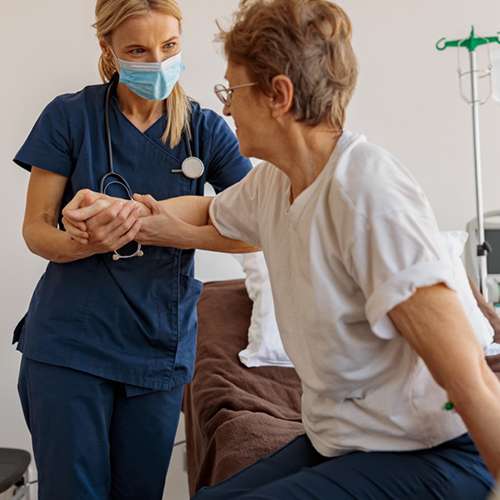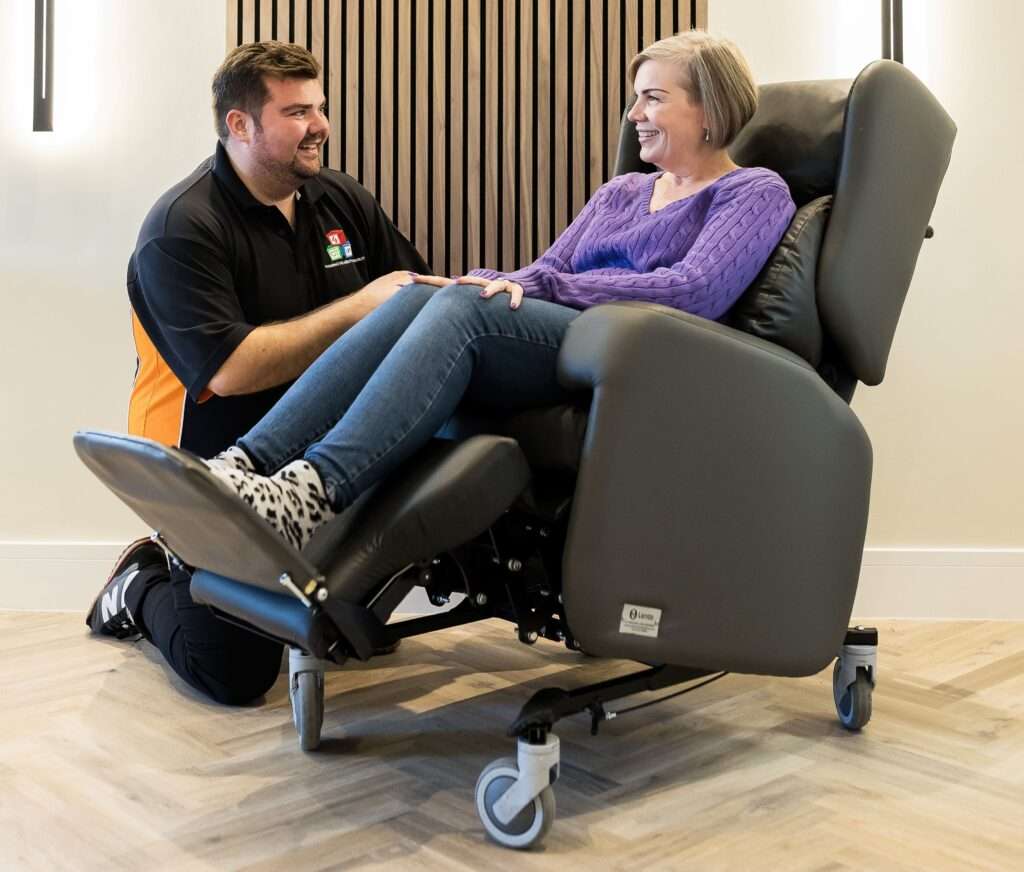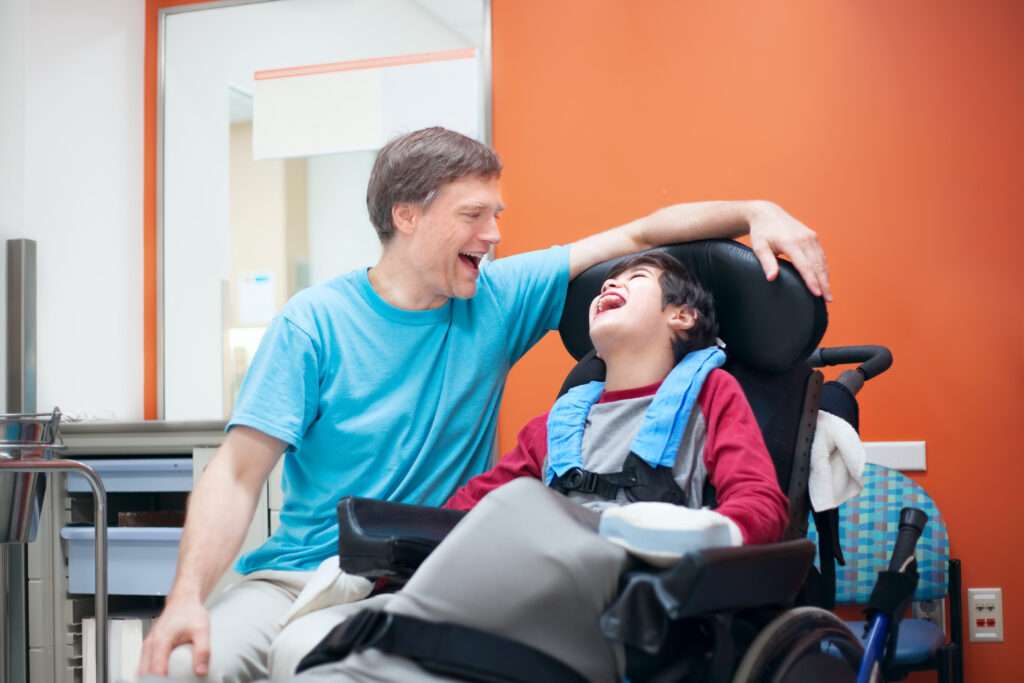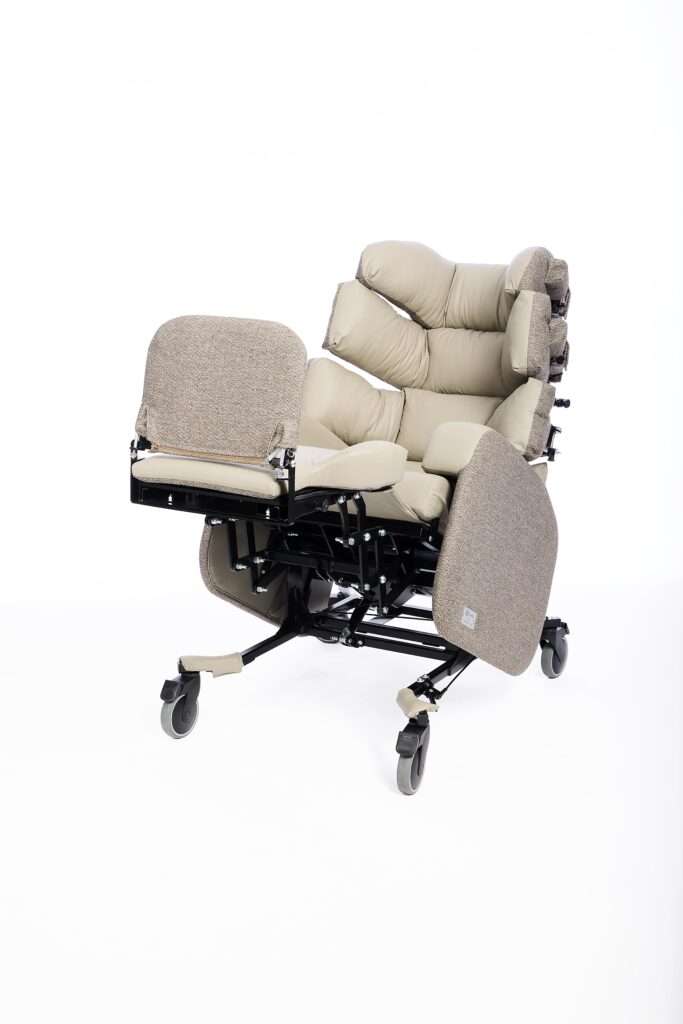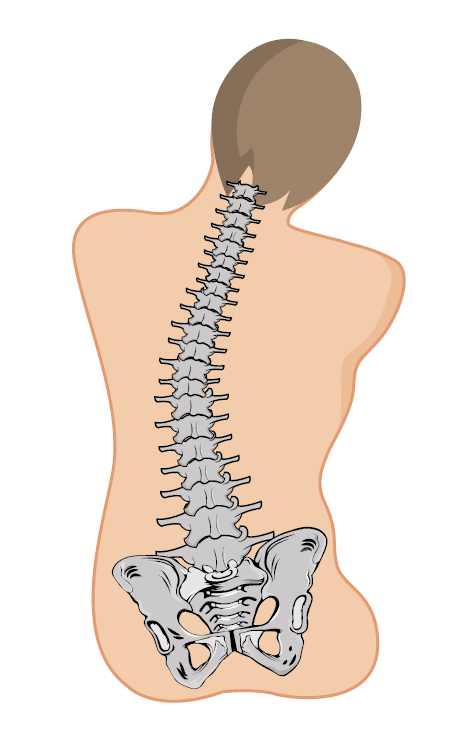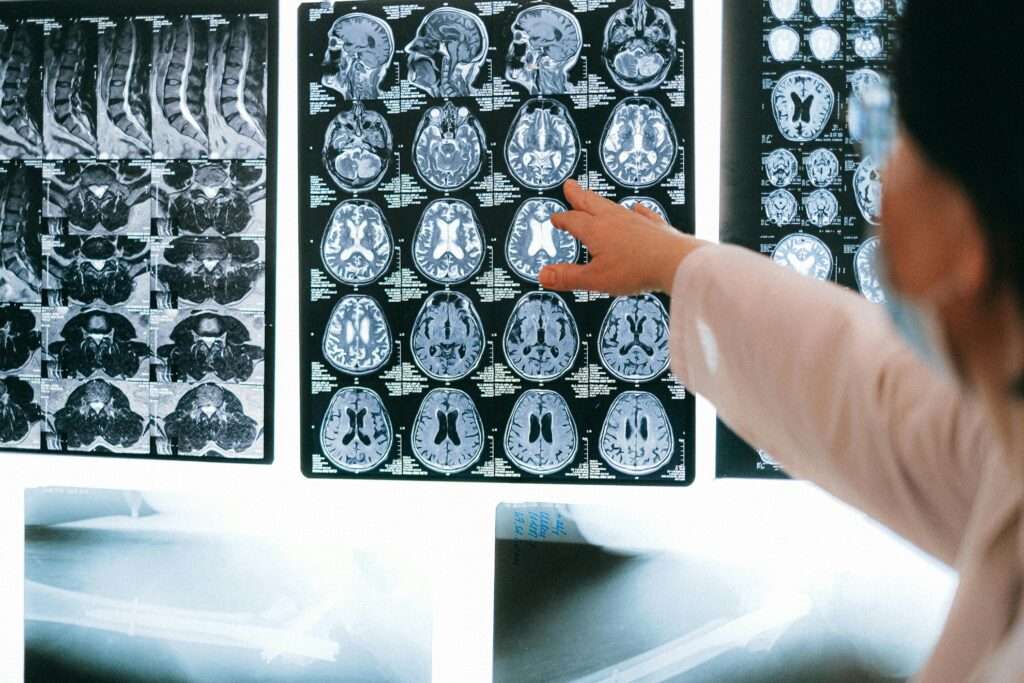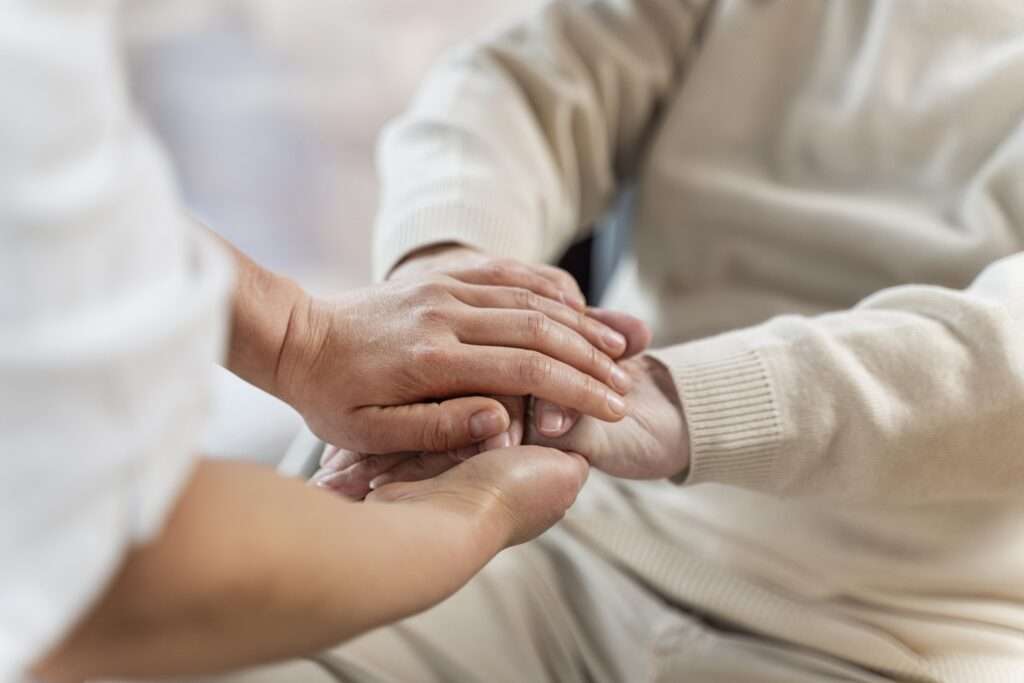Musculoskeletal disorders (MSDs) are prevalent amongst the healthcare workforce. They generally result from continual repetitive actions, such as patient manual handling, that put strain on a particular area of the body. There were an estimated 68,000 cases of MSDs which constituted 22% of all illnesses within the health and social care sector. They tend to be highest amongst physiotherapists, nurses, midwives, dentists and surgeons, causing problems with the lower back, neck and shoulder by staff adopting awkward positions.
As well as helping to maintain good posture, seating can assist both patient and carer with moving & handling, taking the physical strain out of some manual handling routines.
Staff MSDs contribute to increased sick days, work stress and fatigue. Using the right seating and manual handling techniques can play a big part in reducing MSDs and RSI (repetitive strain injuries), as we explore in this article.
How Can Seating Reduce MSDs?
Here we explore the types of seating that can assist patients and carers, from basic transfers to more specialist applications for specific treatments and procedures.
Transfers and Repositioning
Basic moving and handling procedures such as side transfer are a common occurrence, especially when a patient is rehabilitating and needs to move from bed to chair to help them get mobile again.
Our Lento chairs have removable sides that can assist with this process. Part of the width adjustment mechanism, the sides are easy to take off and on, so there is no obstruction to a patient moving from a bed or onto a wheelchair. Our high-back hospital chair range has drop-down arms for the same purpose.
To help blood circulation and prevent pressure build-up, patients can use the positioning options in the Lento chairs to tilt and elevate their legs, saving the need for carers to reposition them manually.
Mobility
Our Lento Mobile chair is a fully-fledged riser recliner but with the benefit of being easily portable by carers. The angle-adjustable push handle means carers can set it to a comfortable height, and transfer the patient between wards or wheel them outside, without the extra strain of transferring them into a wheelchair first.
Standaid-compatible
The Lento Mobile is compatible with the Sara Stedy standaid device, which takes considerable strain off carers. After wheeling it in front of the chair and applying the brakes, the patient only has to raise themselves slightly in the seat so that the paddles can be moved into place to support their weight. The carer can then wheel the patient to the toilet or other location with minimal effort.
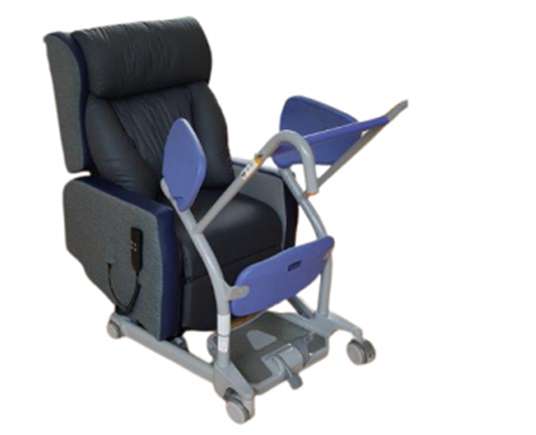
Sara Stedy
Sit-to-Stand
Standard riser recliners move the patient forward at a slight angle when lifting them to their feet.
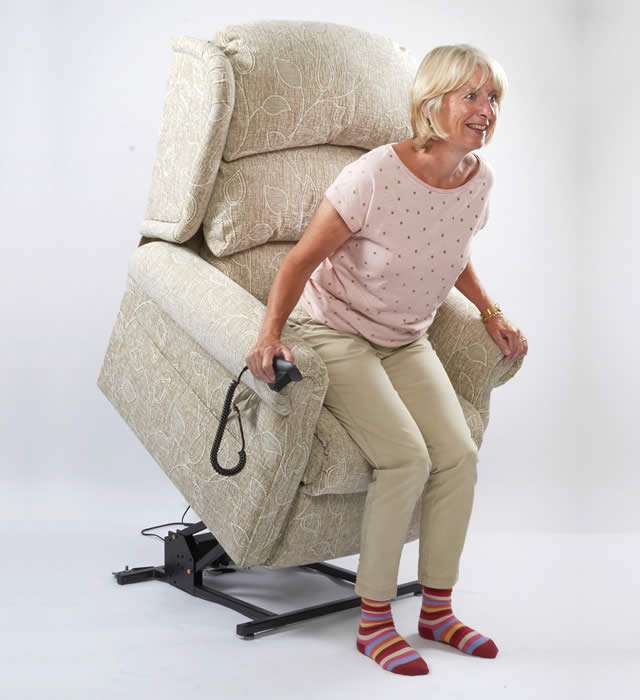
This is beneficial for semi-ambulant users with a reasonable degree of leg strength, but it can unsettle users with neurological conditions that affect their coordination.
A more gradual rise is needed, closer to a vertical lift, or a graded motion, to help these users keep their balance. This technology is available with our Patient Therapy Chair and Lento Mobile.
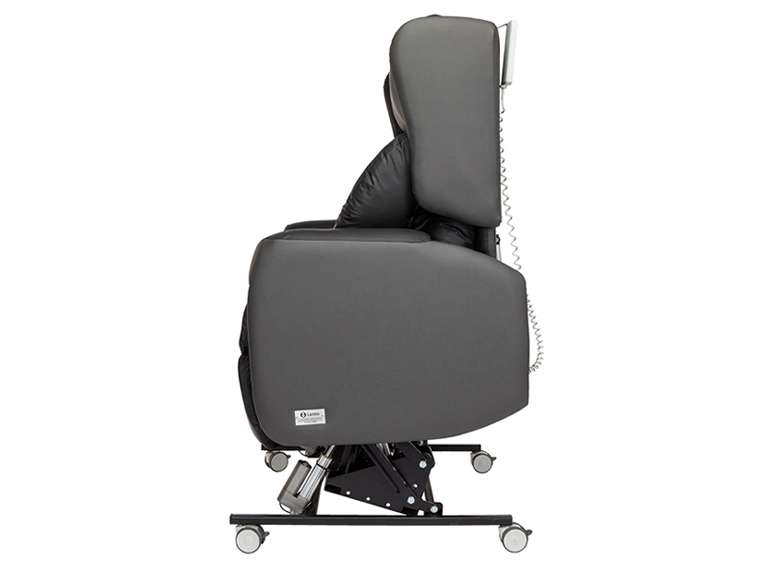
Vertical rise function
Bariatric Seating
There is more potential for staff injury and strain in handling of bariatric patients, not just because of their BMI (Body Mass Index), but also weight distribution. The Lento Bariatric riser recliner has the same positioning and moving and handling features as the standard riser recliner, but built for patients up to 50 stone.
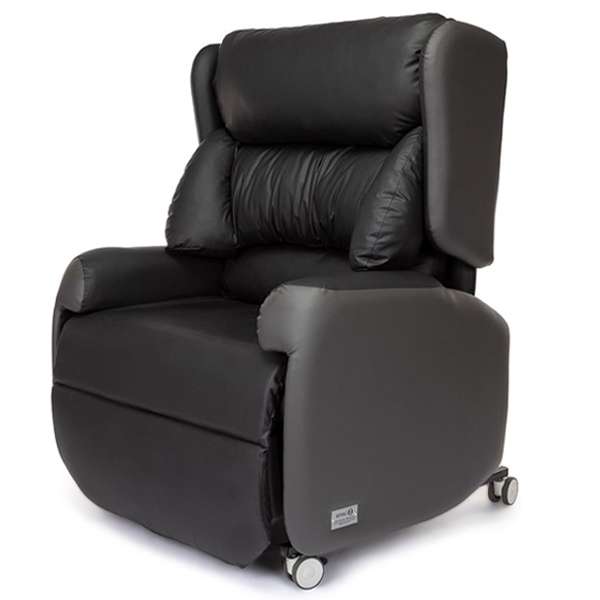
Lento Bariatric
High Seat Chair
The fundamental design of the chair can make a big difference to users with low mobility. If the chair doesn’t have the right seat or arm height, it can make the sit-to-stand manoeuvre very difficult. Ever tried standing up from a slouched posture while keeping your arms folded? Those with good mobility can sometimes take this for granted, but it shows what a difference the ergonomics of a chair can make.
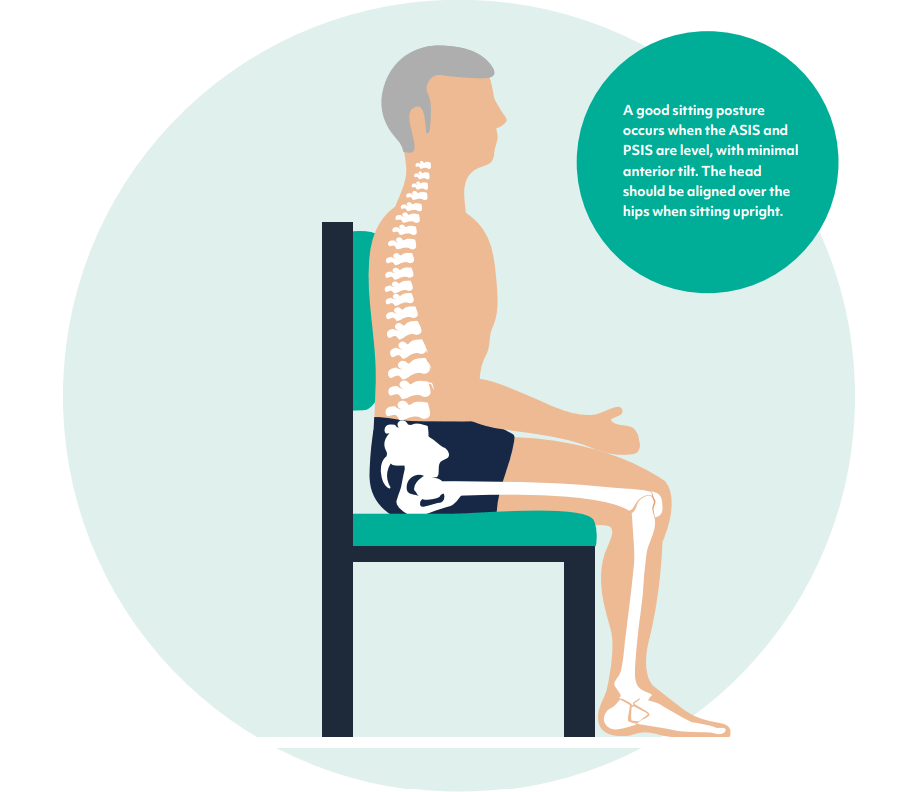
VELA Treatment Chairs
VELA chairs have ergonomics and safety at the forefront of their design, taking the strain out of x-ray screening for both patient and operator.
The VELA X-Ray chair includes a range of features to stabilise the patient during x-ray imaging, including lockable seat rotation, central brake, fold down armrests, and electric height adjustment.
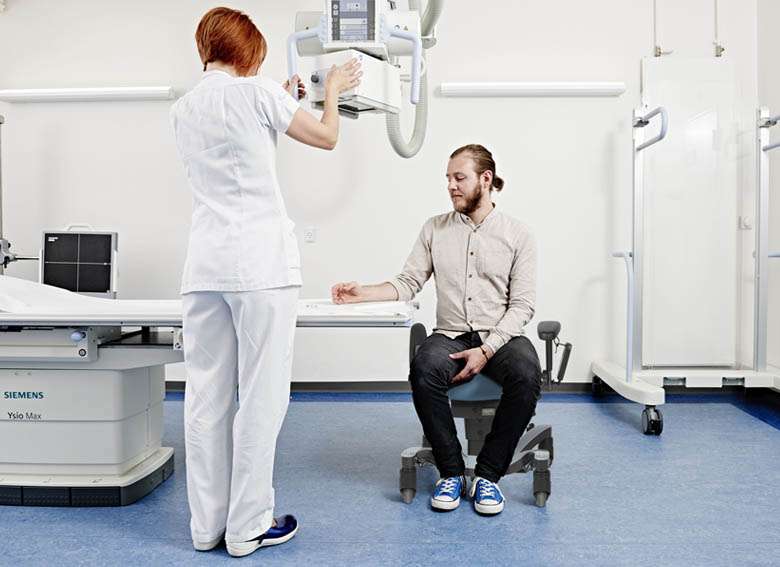
Vela X-Ray Chair
The VELA Mammography chair makes the screening process as smooth and comfortable as possible, with a footbrake and adjustable back angle, seat base and height for wheelchair access and optimum positioning.
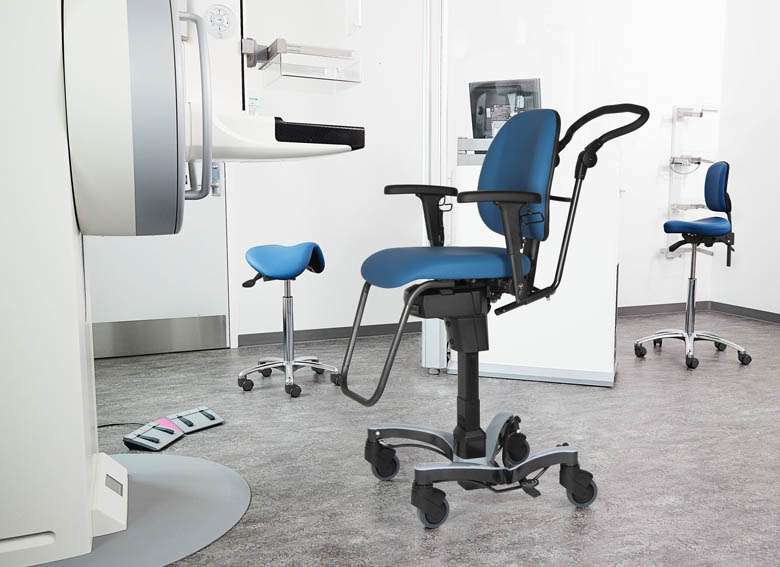
VELA Mammography chair
Other Strategies to Ensure Safe Manual Handling
Staff Training
Staff need to be trained in the correct moving and handling techniques. This is the employer’s responsibility, as governed by the Manual Handling Operations Regulations 1992.
Risk Assessments
Staff should use risk assessments before commencing manual handling to ensure it is safe. A personal ‘on-the-spot’ risk assessment overrides any previous policies or procedures, if the employee deems the task unsafe to carry out.
Conclusion
Without the right equipment in place with features to assist moving & handling, staff become ‘the equipment’, by carrying out repetitive and strenuous patient handling routines which lead to RSIs (repetitive strain injuries).
The ergonomics of the Lento seating range and VELA chairs help to minimise this risk, reducing cost both in terms of staff time and costs to hospital trusts of staff injury leave.
Please contact our Acute Seating Team to find out more about our chairs or arrange a demonstration.
Speak to our Acute team today





